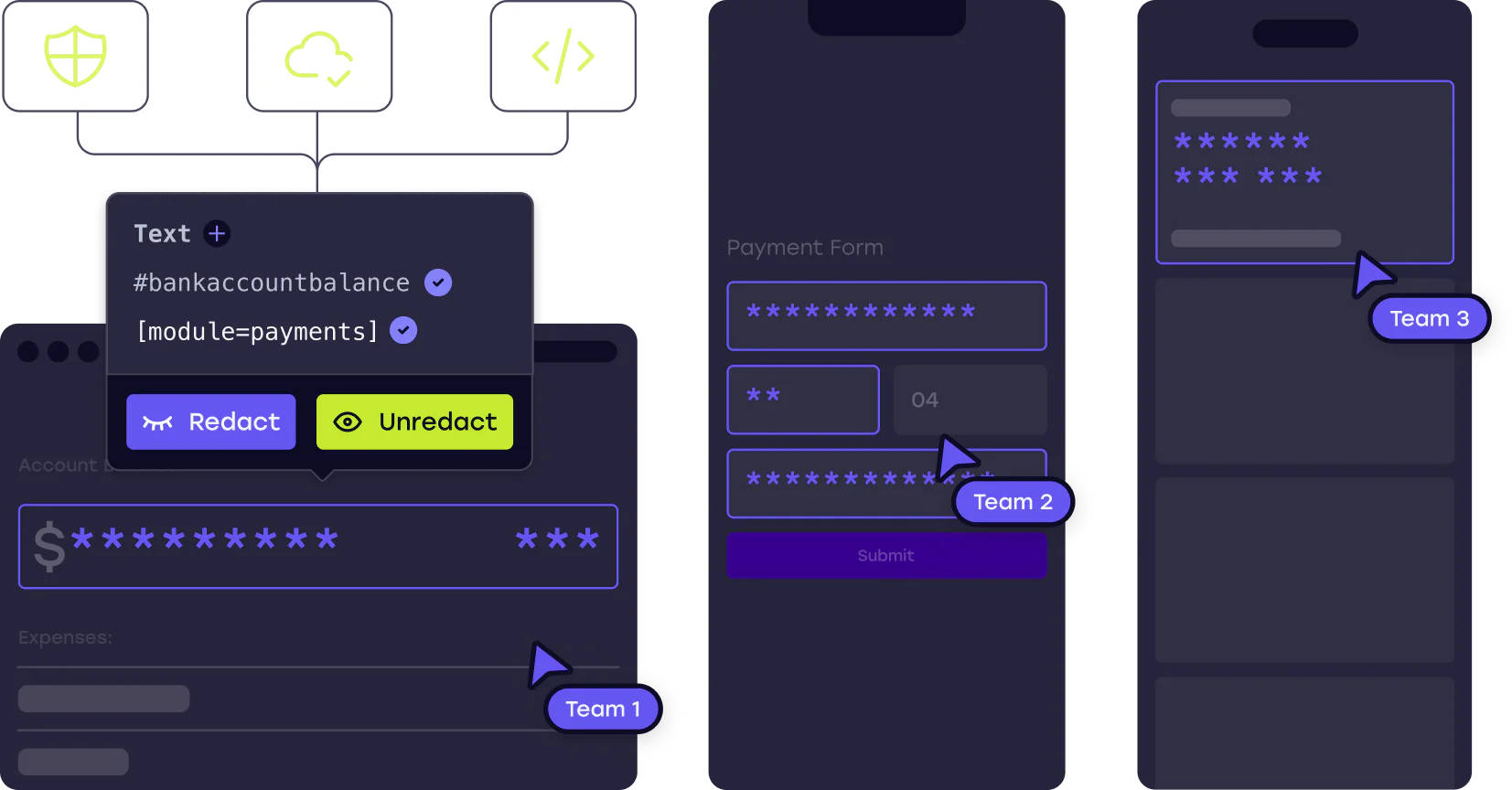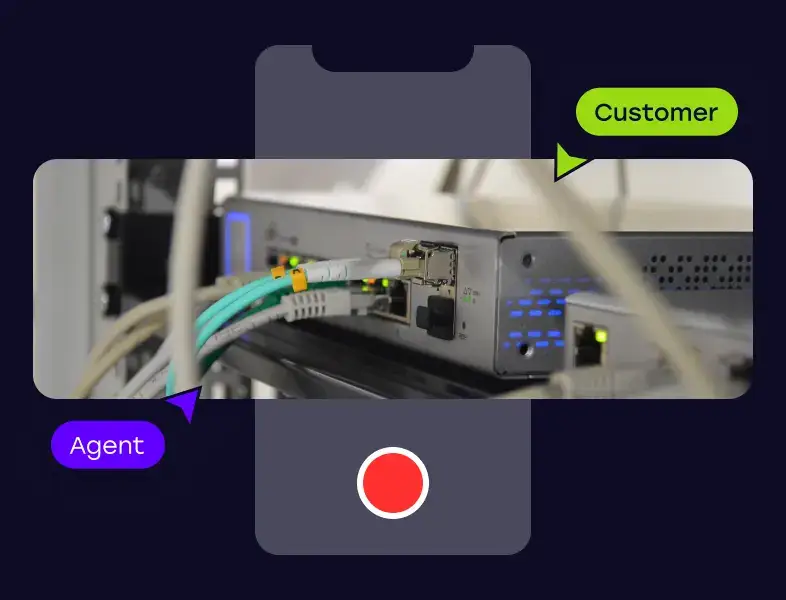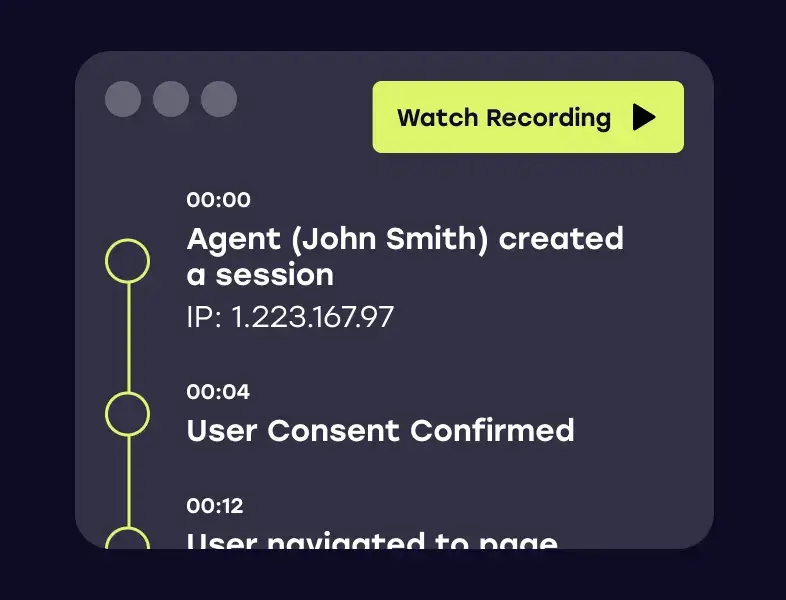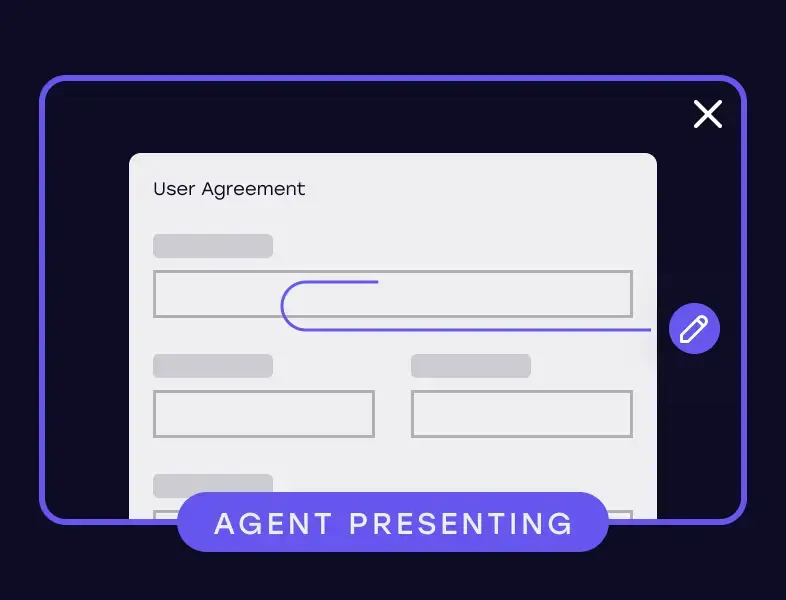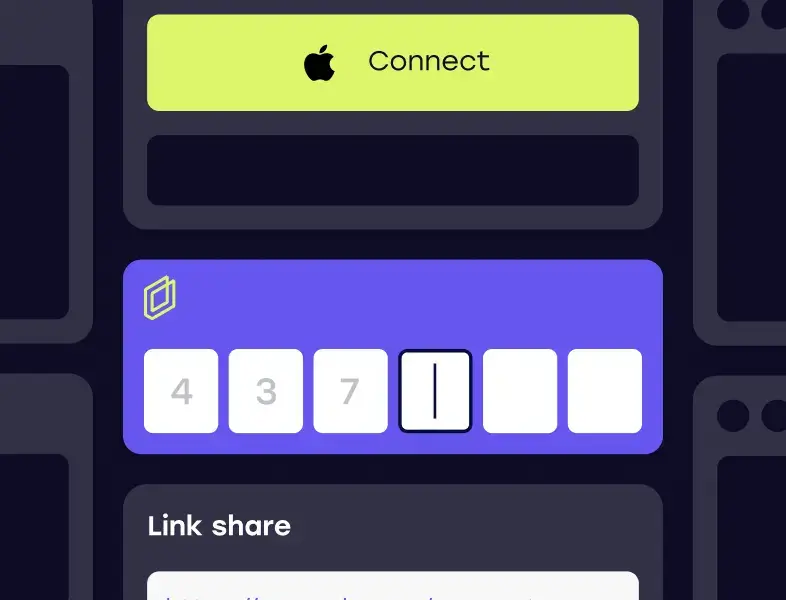Feature Spotlight
Enterprise Data Redaction
Enterprise Data Redaction is an enterprise solution designed to mask sensitive information from an agent’s view during co-browsing sessions. It enables compliance, UX, security, and engineering teams to create and manage redaction rules using streamlined workflows.
Most vendors provide a basic solution to mask sensitive data during co-browsing sessions. However, these point solutions only address a small part of redaction management and do not scale to enterprise app architectures and workflows. Enterprise Data Redaction provides end-to-end solutions for every part of redaction management at scale.
